Apple's dual-layer LCD technology promises high-contrast, lifelike HDR images
Last updated
Apple in a patent application published on Thursday details a method of reducing image artifacts in high dynamic range (HDR) dual-layer LCDs, technology that could theoretically boost a typical display's contrast ratio to 1,000,000 to 1.
In its "Devices and methods of image-splitting for dual-layer high dynamic range displays" application, published by the U.S. Patent and Trademark Office, Apple touts the optical benefits of dual-layer LCD systems, specifically the ability to reproduce high contrast imagery.
In simple terms, a traditional LCD creates images by modulating light transmitted through a liquid crystal layer. Applying varying voltages to individual pixel electrodes generates electric fields that change liquid crystal molecule arrangement, thus allowing more or less light to pass through. Sandwiching the liquid crystal module between polarizing films and color filters produces a recognizable image.
While the brightness of normal LCDs can generally be amplified by increasing backlight illumination, overall contrast is usually unaffected due to light leakage, Apple says. By stacking two LCD panels — one grayscale and one color — dual-layer LCDs modulate light emitted by the backlight at least twice prior to reaching a viewer's eyes, resulting in higher contrast ratios.
Multi-layer LCDs have a fundamental architectural problem, however, as the gap between panels causes a parallax effect when viewed at certain angles, which could lead to muddied image quality depending on the extent of perceived misalignment.
To combat the introduction of unwanted effects, such as parallax artifacts, moire, halo artifacts and clipping, Apple proposes an improved image-splitting algorithm capable of intelligently processing an original image for output on a per-panel basis. More specifically, the algorithm analyzes an image and splits it into two separate images generated for display on the front and back LCD panels. Depending on image content, hardware limitations and other considerations, the system blurs and downsizes the image sent to drive the back LCD panel, a grayscale module closest to the device light source.
Using optimization methods bounded by constraints laid out by an objective function, Apple's system is able to prevent parallax without negatively impacting brightness or clarity. The algorithm also prevents clipping artifacts and light bloom, or halos, from appearing on the front panel. Apple says the technique can be used in both small and large format screens, from iPhone to Mac.
The document also mentions other workarounds to introduced artifacts, including increasing back LCD panel luminance compared to the front panel and reducing module thickness.
As Apple notes, typical LCDs boast a contrast ratio of 1,000 to 1, meaning a well implemented dual-layer LCD would theoretically yield a contrast ratio of up to 1,000,000 to 1. That figure might be higher for devices like iPhone, as the most recent models boast contrast ratios hovering at around 1,500 to 1.
It is unclear whether Apple intends to implement the invention in an upcoming product, though the company routinely incorporates cutting edge display technology into its devices. Recent efforts include the 9.7-inch iPad Pro, which features a high-resolution True Tone display, a technology that uses ambient light sensors to dynamically adjust screen color temperature for a consistent viewing experience.
Apple's dual-layer LCD patent application was first filed for in August 2015 and credits Jun Jiang, Cheng Chen, Gabriel Marcu and Jiaying Wu as its inventors.
 Mikey Campbell
Mikey Campbell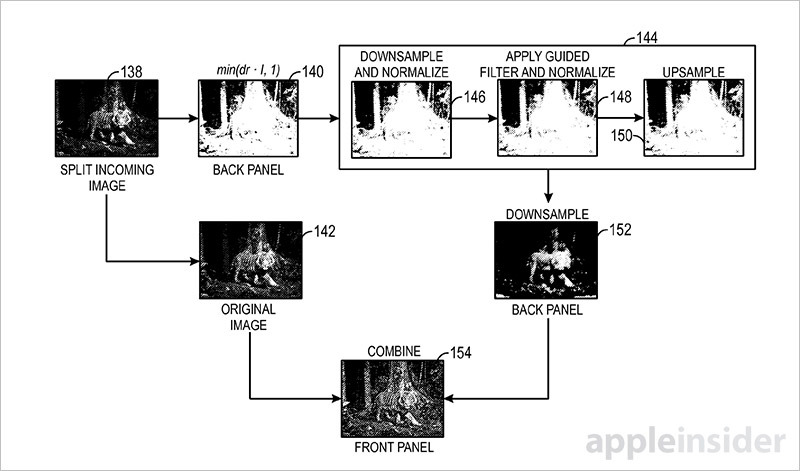
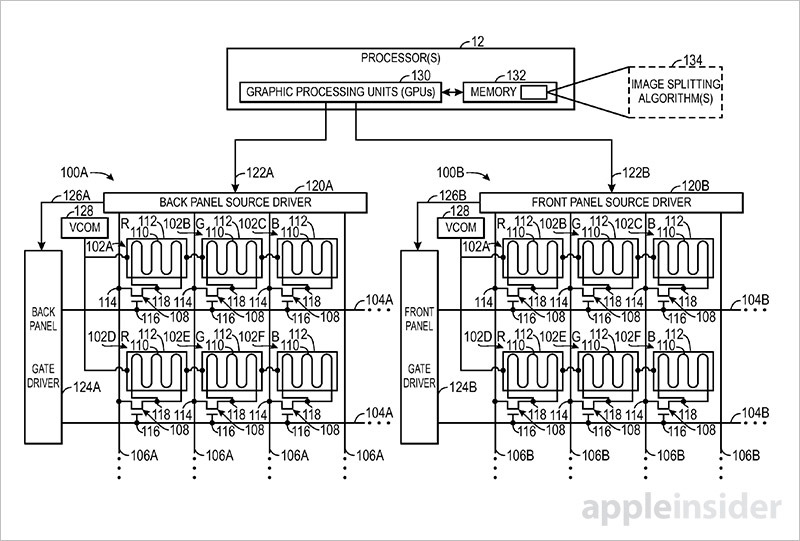
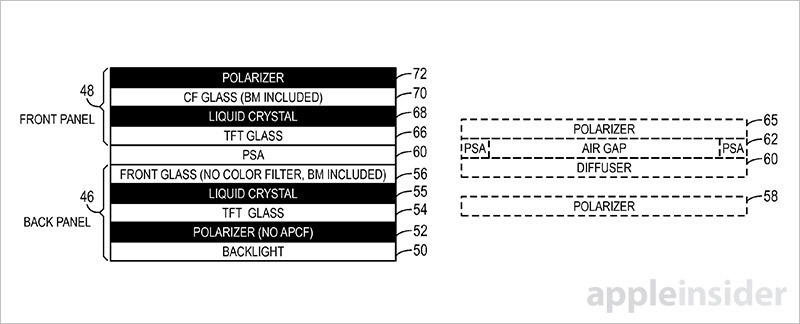
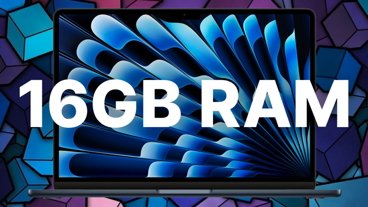
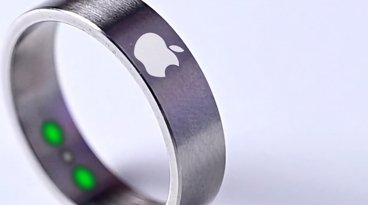
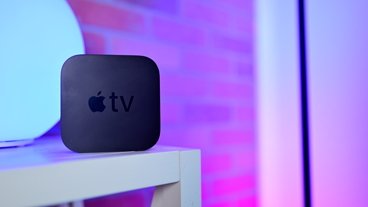

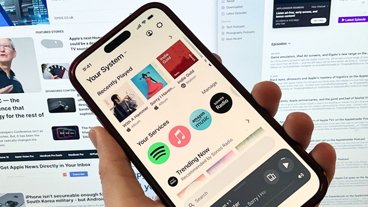
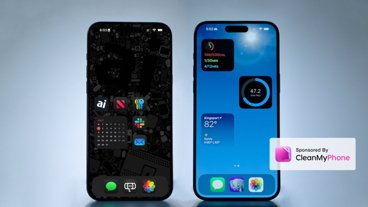

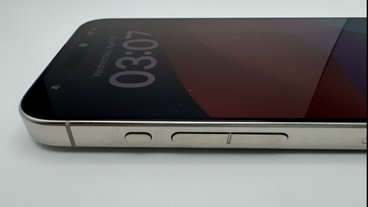

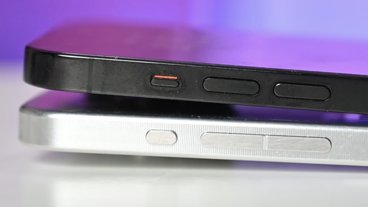
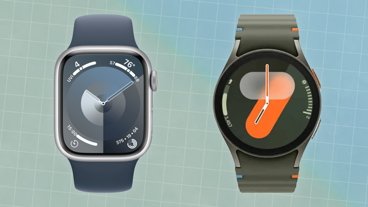
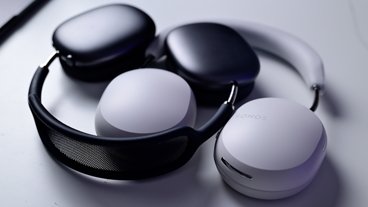
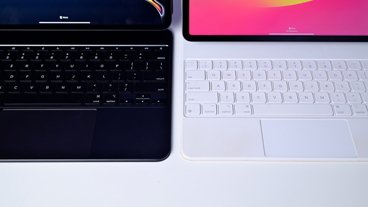

 Amber Neely
Amber Neely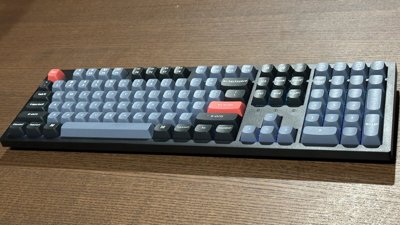
 Thomas Sibilly
Thomas Sibilly
 AppleInsider Staff
AppleInsider Staff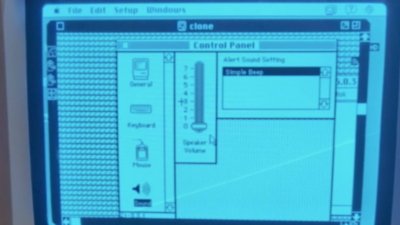
 William Gallagher
William Gallagher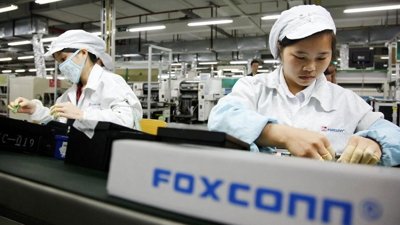
 Malcolm Owen
Malcolm Owen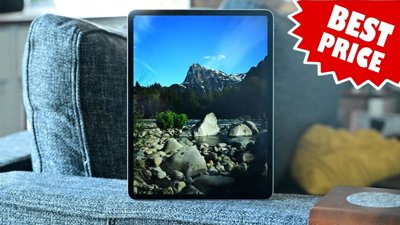
 Christine McKee
Christine McKee
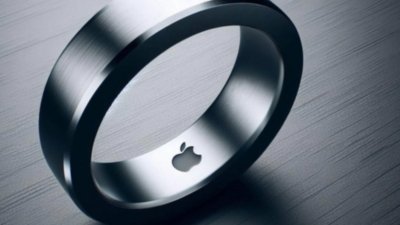

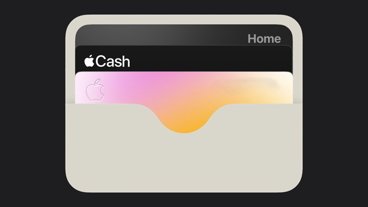
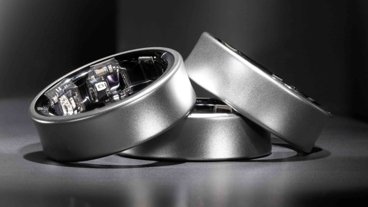
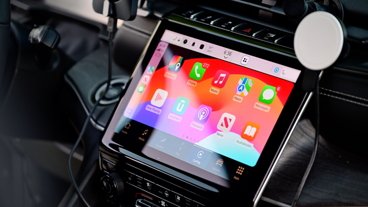
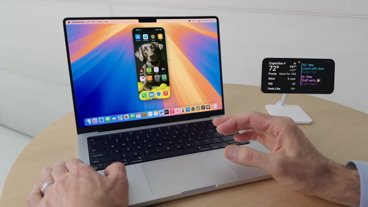
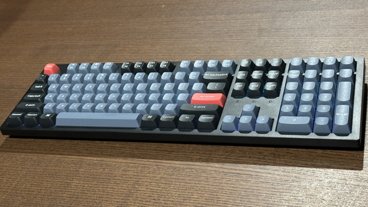

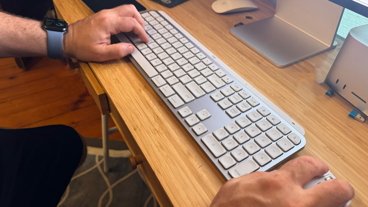

6 Comments
This will be an interesting patent to watch unfold - in the professional/film space, Dolby already uses a very similar thing with their reference PRM-4220 grading monitors - a lit, monochrome back layer, LED in their case, shining selectively through a masking LCD front layer. It's a wonderful thing, and massively enhances both contrast and colour accuracy - and it gets used on feature film and television projects in facilities where its $55,000 price tag is totally doable. So I'd be surprised if Apple can keep the field all to itself, with a staunch patent defender like Dolby already in the market with such a device, for the past five years or so...
This would be perfect for a future Apple TV flagship model with a true HDR screen.
So if i understand this the back screen basically sets out the light field of the scene, while front screen etches in the fine detail.
Could the back layer be an OLED screen instead of a second LCD?